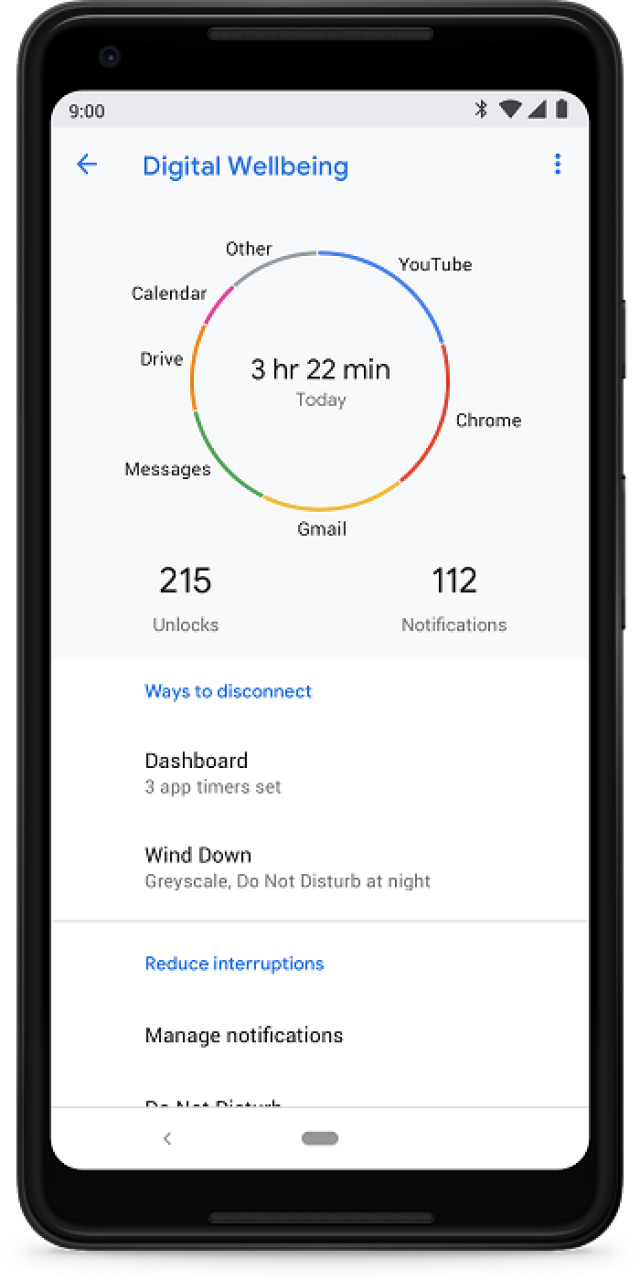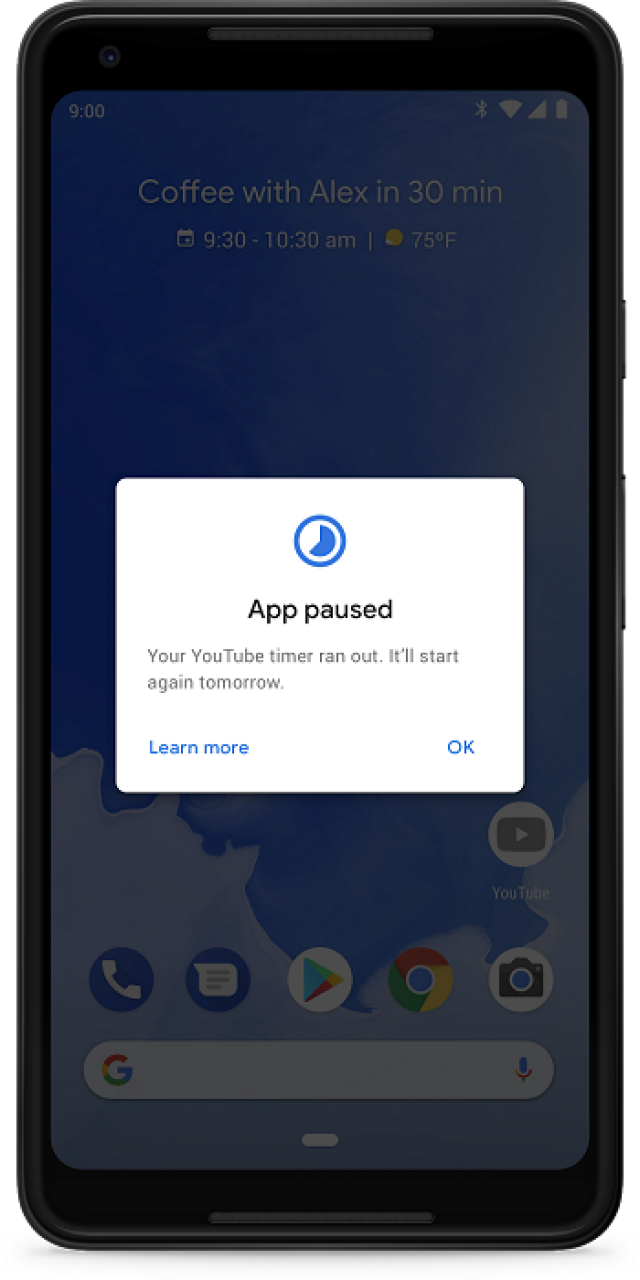'The Digital Wellbeing' feature of the new Android update will make you want to update pronto
There are many things to love about Android 9.0 Pie, its newest update, but none took our collective breath away than The Digital Wellbeing, a feature that intends to make people use their phones…less.
Let’s rewind to 2016, when Android rolled out the Nougat update. The updated app notification format was almost unanimously hailed as the best feature. The icons were smaller, multiple notifications from a single app were nested together together, and the overall look was simpler and cleaner. It even allowed users to reply to messages without having to open the app.
The changes were so simple, yet so effective in enhancing the user experience, that newest versions of the operating system stuck to it.
In a 2018 The Keyword blog post, staff UX researcher Julie Aranda said, “As early as 2015, we noticed that increasingly, people we talked to were raising a flag about how distracting notifications on mobile devices can be.”
“So we started thinking a lot about the role of notifications on people’s phones, and how we could build a better experience to help people achieve balance.”
Aranda and her colleague Safia Baig conducted a study that revealed a startling evolution in the relationship between users and their smartphones. Whether they were constantly checking their email inboxes or skimming through their social media feed for hours on end, users (regardless of gender, age, or cultural background) seemed to have developed a need to be engaged with their phones at all times.
At a recent roundtable discussion with journalists from Asia, Google UX Director Glen Murphy demonstrated how the Digital Wellbeing feature works, while explaining the rationale behind it.
“Social expectation is built up around the phone,” stated Murphy, adding that the trend of smartphone use seems to have moved from “nice to pull out” to “persistently useful.” And as Murphy observed, more and more people are realizing that “this is not necessarily a good metric; this is not correlated with satisfaction.”

For Android users who have already upgraded to Pie, the Digital Wellbeing feature is accessible from the Settings menu. Tap on the feature and it will give the user access to a dashboard with a number of usage-limiting options.
The App timer does exactly what its name implies: It allows you to set time limits on your apps, to prevent you from spending too much time on them.
Meanwhile, the Wind Down feature lets you set your phone’s “bedtime,” during which the phone will change to a grayscale color scheme and switch to Do Not Disturb mode. According to Murphy, the absence of bright colors on your screen will make the prospect of browsing considerably less appealing (and will hopefully encourage you to catch some much-needed zzz’s instead).
Arguably, though, the Digital Wellbeing tool’s most interesting feature is currently a Google Pixel 3 exclusive: Flip to Shhh. Simply turn your phone face down, and you’ll instantly activate its Do Not Disturb feature.
Google’s push for reduced device engagement extends beyond Android, too. The YouTube app, for instance, introduced its “Take a break” feature prior to Pie’s rollout.

So why did they decide to incorporate usage-limiting features into the update, instead of focusing on making apps perform faster? In theory, wouldn’t that reduce the amount of time people spend with their faces glued to their phones’ screens?
Well… Not really.
The team figured that if they made the apps run faster, people would just use the time they saved to find other things to do with their devices. As Murphy put it: “There is more benefit in reducing consumption than improving efficiency.”
Of course, the Google team is well aware that these new features won’t instantly solve the problem of increasing smartphone over-dependence, especially in today’s breakneck-paced world of work emails, real-time social media updates, and the so-called “attention economy.”
Murphy hopes, however, that with the ability to plan their disconnection from their phones, users could achieve better balance in their everyday lives--and appreciate the joy of missing out, every once in a while. — LA, GMA News




